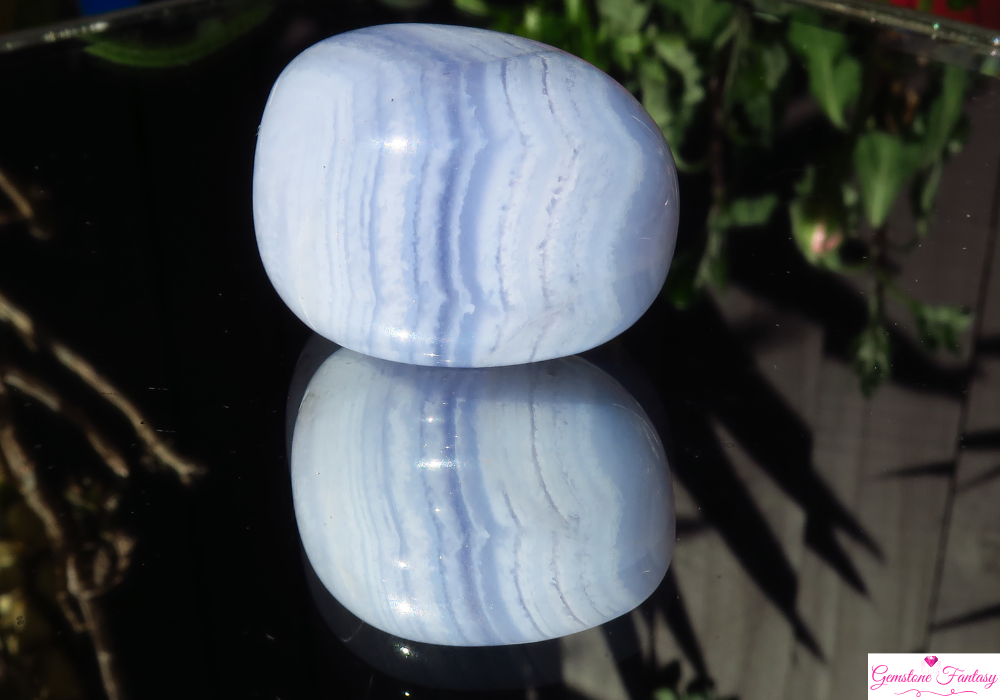The Corundum group of gemstones is among the most renowned and coveted in the world. Known for their incredible hardness, second only to diamonds, and a wide spectrum of brilliant colors, corundum gemstones are a cornerstone in the realm of fine jewelry. Corundum is composed of aluminum oxide, and its unique coloring comes from trace impurities like chromium, iron, and titanium.
The most famous members of the corundum family are ruby and sapphire, which are cherished for their vivid colors and durability. These gemstones have been treasured for centuries, not only for their beauty but also for their cultural significance, metaphysical properties, and associations with royalty and power.
In this article, we will explore the corundum family, focusing on its varieties, their formation, uses in jewelry, metaphysical significance, and industrial applications.
What is Corundum?
Corundum is a crystalline form of aluminum oxide (Al2O3), a mineral that naturally occurs in metamorphic and igneous rocks. On the Mohs scale of hardness, corundum ranks at a solid 9, making it one of the hardest materials known. Its extreme hardness, coupled with its brilliance and color, makes it an ideal material for gemstones.
What separates one corundum gemstone from another is the trace amounts of impurities that alter the crystal’s color. These impurities result in the formation of either rubies or sapphires, depending on which elements are present during the crystal’s formation.
1. Ruby: The King of Gems
- Color: Ruby is characterized by its deep red to pinkish-red color, which comes from trace amounts of chromium. The intensity and depth of the red hue often determine the value of the gemstone, with the most prized rubies displaying a vibrant “pigeon blood” red.
- Properties: Rubies have been considered symbols of passion, love, and power for centuries. Their vibrant color and durability make them highly desirable for use in all kinds of fine jewelry, particularly engagement rings, necklaces, and bracelets. In ancient cultures, rubies were believed to bring protection, ward off evil spirits, and bring good fortune to their owners.
- Uses: As one of the most valuable gemstones in the world, rubies are often used in luxury jewelry and are frequently seen adorning the crowns and regalia of kings and queens. Their deep red color also makes them a popular choice for statement pieces, such as rings and pendants.
- Sources: The most famous rubies come from Myanmar (formerly Burma), known for producing the finest quality rubies, especially the sought-after “Burmese rubies.” However, rubies are also mined in Thailand, Sri Lanka, Vietnam, and parts of East Africa such as Mozambique.
2. Sapphire: A Gem of Many Colors
- Color: When most people think of sapphire, they picture a deep blue stone. However, sapphires come in a wide array of colors, ranging from pink and yellow to green, purple, and even colorless. The color in sapphires is caused by trace amounts of elements like iron, titanium, and chromium. Blue sapphires, in particular, are created by iron and titanium impurities.
- Properties: Sapphires are known for their stunning clarity and range of colors. The finest blue sapphires display a deep, rich color with excellent clarity and minimal inclusions. Blue sapphires have long been associated with royalty, wisdom, and divine favor, often symbolizing protection, loyalty, and trust.
- Uses: Sapphires are frequently used in all types of fine jewelry, particularly in engagement rings, earrings, and pendants. They are highly prized for their durability, making them an excellent choice for daily wear. Famous blue sapphires, such as the one in the British Crown Jewels or Princess Diana’s engagement ring, have further cemented the stone’s reputation as a gem of nobility.
- Sources: Some of the most famous sources for sapphires include Sri Lanka, Myanmar, and Madagascar. Other notable locations include Australia and Kashmir, where some of the rarest and most valuable blue sapphires have been found.
3. Fancy Sapphires: A Spectrum of Color
- Color: While blue is the most well-known sapphire color, fancy sapphires can be found in nearly every color of the rainbow. These include pink, yellow, orange, purple, and green, as well as white (colorless). These sapphires are called “fancy sapphires” to distinguish them from traditional blue sapphires.
- Properties: The colors of fancy sapphires come from various impurities within the crystal structure, such as iron (for yellow and green), chromium (for pink), and vanadium (for purple). Each color has its own appeal and significance, making fancy sapphires a versatile and unique gemstone choice.
- Uses: Fancy sapphires are often used in custom jewelry designs, particularly when customers are looking for something more unique than a traditional blue sapphire. Pink and yellow sapphires are especially popular in contemporary engagement rings, while multi-colored sapphire pieces allow for more creativity and personalization.
- Sources: Fancy sapphires are mined in many of the same locations as blue sapphires, including Sri Lanka, Madagascar, and Thailand.
4. Padparadscha Sapphire: A Rare and Beautiful Gem
- Color: The Padparadscha sapphire is an exceptionally rare and highly coveted variety of sapphire that displays a stunning pinkish-orange color. Its name comes from the Sinhalese word for “lotus blossom,” as its unique hue is said to resemble the delicate color of a lotus flower at sunset.
- Properties: Padparadscha sapphires are incredibly rare, making them some of the most valuable sapphires in the world. Their delicate balance of pink and orange hues is due to a combination of chromium and iron impurities. The most prized padparadschas display a soft, harmonious blend of the two colors.
- Uses: Due to their rarity and beauty, padparadscha sapphires are sought after by collectors and jewelry designers alike. These stones are often used in high-end jewelry, particularly in custom-made engagement rings and other special occasion pieces.
- Sources: The best-quality padparadscha sapphires come from Sri Lanka, though they have also been found in Madagascar and Tanzania.
Formation and Composition of Corundum
Corundum forms under high-pressure and high-temperature conditions in the Earth’s crust, typically in metamorphic rocks like marble and schist or in igneous rocks like basalt. Its crystalline structure is hexagonal, and its incredible hardness is due to the strong bonding of aluminum and oxygen atoms within the crystal lattice.
The vivid colors found in rubies and sapphires are caused by trace elements that are present during the stone’s formation. For example, chromium causes the red color in rubies, while iron and titanium are responsible for the blue in sapphires. These trace elements replace aluminum atoms in the crystal lattice without altering the stone’s basic structure, resulting in a wide variety of colors.
Industrial Uses of Corundum
While corundum gemstones like rubies and sapphires are best known for their use in jewelry, corundum also has significant industrial applications due to its hardness and chemical stability. Synthetic corundum, often referred to as sapphire glass, is used in the production of watch crystals, optical lenses, and windows for high-pressure environments, such as those found in aerospace and scientific equipment.
Corundum is also used as an abrasive material for cutting, grinding, and polishing. Its hardness makes it ideal for use in applications that require materials capable of withstanding significant wear and tear.
Metaphysical Properties of Corundum Gemstones
Corundum gemstones have long been associated with various metaphysical properties. Here are some of the key beliefs surrounding these gemstones:
- Ruby: Ruby is often associated with passion, love, and vitality. It is believed to stimulate the heart and encourage feelings of love and compassion. Rubies are also thought to promote courage and personal power, helping the wearer overcome obstacles and take bold actions.
- Sapphire: Sapphires are linked to wisdom, integrity, and spiritual insight. They are thought to bring clarity of thought and protect the wearer from negative energies. Blue sapphires, in particular, are associated with loyalty and trust, making them popular in engagement rings.
- Fancy Sapphires: The various colors of fancy sapphires are thought to influence different aspects of a person’s emotional and spiritual well-being. For example, pink sapphires are associated with love and compassion, while yellow sapphires are believed to bring joy and prosperity.
- Padparadscha Sapphire: The rare and unique padparadscha sapphire is associated with creativity, joy, and new beginnings. It is thought to inspire positive energy and bring happiness to the wearer.
Conclusion
The corundum group of gemstones, consisting of rubies and sapphires, is one of the most important and beloved in the gemstone world. With their unmatched hardness, wide variety of colors, and deep cultural significance, these gemstones continue to captivate collectors, jewelers, and enthusiasts alike.
Whether you’re drawn to the fiery red of a ruby, the regal blue of a sapphire, or the exotic hues of a fancy or padparadscha sapphire, corundum gemstones offer something for everyone. Their durability, beauty, and symbolic significance make them timeless treasures that will continue to be cherished for generations to come.
















